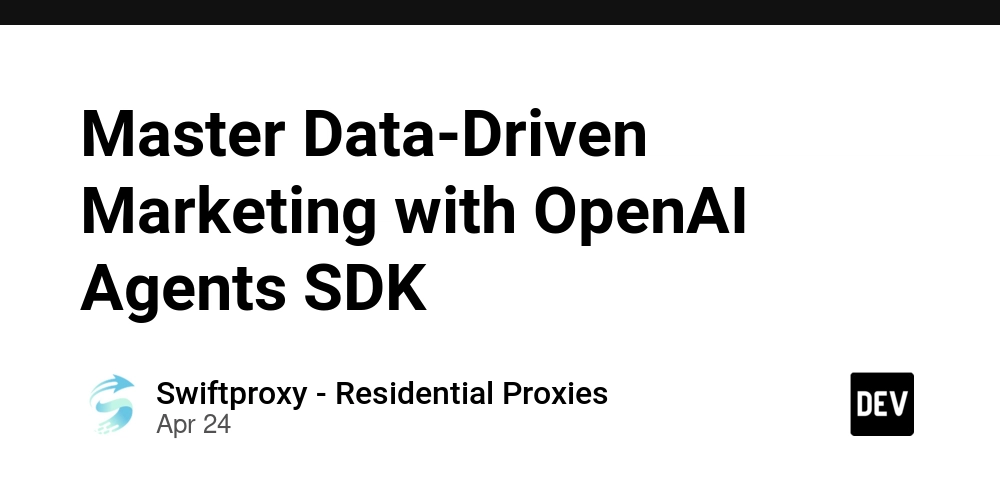
Future-Proof Your Skills: How AI is Changing Front-End Development in 2025
Artificial Intelligence (AI) is no longer a futuristic concept—it's actively reshaping how users interact with digital products. This article dives into the AI revolution in front-end development, arming you with knowledge and actionable strategies to thrive in this evolving landscape.
Why AI is Essential for Front-End Development in 2025
The integration of AI into front-end development is revolutionizing user interfaces. AI is making them more intuitive, responsive, and tailored to individual needs in ways never before possible.
- Personalized experiences: AI algorithms analyze user behavior, enabling the delivery of content, layouts, and product recommendations tailored to each person.
- Intelligent automation: Tedious tasks like form validations and UI adjustments are now automated, freeing developers for more creative and strategic work.
- Enhanced accessibility: AI tools adapt interfaces in real-time, ensuring inclusivity for users with diverse accessibility needs.
Real-World Examples: AI in Action
Leading companies are already using practical AI driven front-end solutions to enhance the user experience:
- Netflix: AI provides personalized content recommendations, keeping users engaged longer.
- Amazon: AI curates shopping experiences tailored to individual user preferences.
- Numerous others: AI is rapidly being adopted accross many industries including healthcare, finance and education.
These examples demonstrate AI's potential to create more engaging and user-centric experiences.
Get Started: Tools and Frameworks for AI-Enhanced Front-End
Ready to dive in? These tools and frameworks empower you to integrate AI into your front end AI development projects:
- TensorFlow.js: Run machine learning models directly in the browser with this open-source library.
- ml5.js: Built on TensorFlow.js, this provides a user-friendly interface for implementing machine learning in web applications.
- Streamlit.io: This platform offers great documentation and reusable components for rapid Python front-end AI development.
- OpenAI API: Access powerful language models for tasks like content generation, text-to-speech, and conversational interfaces.
Quick Streamlit Chatbot Example
Let's look at a simple example of a streamline chatbot.
This snippet sets up a chatbot UI in Streamlit and connects to OpenAI’s GPT model. It maintains conversation state and streams responses in a clean, interactive interface. Try building off this and create your own custom chatbot!
Navigating the Challenges of AI in Front-End
While AI offers numerous benefits, developers must be aware of the challenges:
- Data Privacy: Handle user data responsibly and in compliance with regulations.
- Model Bias: Mitigate biases in AI models to provide fair and equitable user experiences.
- Performance: Balance the computational demands of AI with the need for fast interfaces.
The Future is Intelligent: Embrace AI
As AI continues to evolve, its role in front-end development will only grow. By embracing these technologies, you can create smarter, more responsive, and user-friendly interfaces that meet the needs of modern users. Staying informed and adaptable will be key to leveraging AI's full potential, future-proofing your career as a developer.















